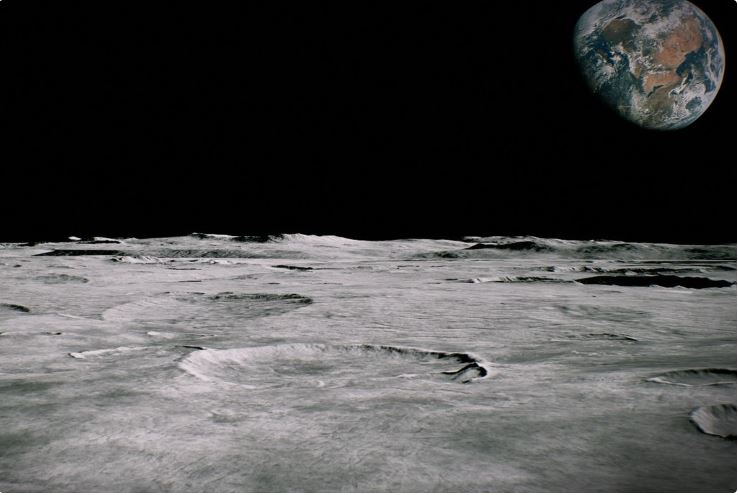by InTrieste
Fifty-five years after astronauts first landed on the Moon, a new study is illuminating the far side of Earth’s natural satellite like never before. An international team, spearheaded by researchers from the University of Trieste, has uncovered more than 20 previously unknown structures related to buried lunar craters, alongside complex layers within the Moon’s regolith.

This breakthrough comes from a deep dive into data collected by the Chinese Chang’E-4 mission, which has been exploring the Moon’s far side since its historic landing in 2019. The study utilized advanced deep learning algorithms to analyze radar data, revealing intricate details about the Moon’s geological past.
The team, led by Professor Michele Pipan from the University of Trieste’s Department of Mathematics, Computer Science, and Geosciences, focused on the Van Kármán crater, situated within the expansive South Pole-Aitken Basin. This basin, with a diameter exceeding 180 kilometers, has long been a focal point for lunar exploration but remains largely unexplored.
Using radar data and remote sensor measurements, the researchers identified structures buried more than 30 meters beneath the lunar surface. Their findings challenge previous assumptions about the regolith, which, contrary to earlier beliefs, varies in thickness between 5 and 15 meters rather than remaining constant.
“The application of deep learning has allowed us to gain unprecedented insights into the far side of the Moon,” said Professor Pipan. “This research not only enhances our understanding of the lunar surface but also lays the groundwork for future missions and the potential utilization of lunar resources.”
Published in the scientific journal Icarus, the study reflects a significant advance in our ability to analyze and interpret lunar data. The collaborative effort included scientists from the National Institute for Astrophysics (INAF) in Rome, Purdue University, the Chinese Academy of Sciences, and Zhejiang University.
In January 2024, the team also validated and corrected the radar data from the Chang’E-4 mission, which has been made publicly available through the Lunar and Planetary Data Release System. This data is now accessible to the global scientific community, fostering further research and discovery.
Looking ahead, the University of Trieste research team is preparing for a new project in collaboration with the European Space Agency (ESA). This upcoming mission will deploy a magnetometer and radar system on the Moon to conduct further geophysical investigations of its subsurface.
For more details, read the full study published in Icarus: “Deep Learning Driven Interpretation of Chang’E-4 Lunar Penetrating Radar.”





























